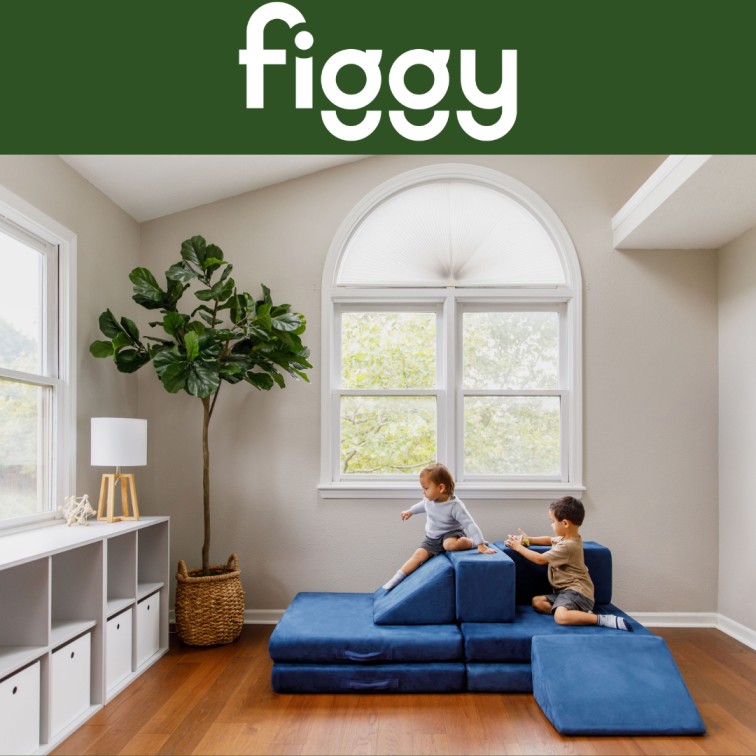https://www.artcraftlighting.com/en/products/islands/ac7212ba-rolling-hills-18w-linea-pen-ls Rolling Hills AC7212BA Island Light
If you look at your kitchen and just don’t feel as though it has much natural light, you will need to rely on artificial light to accent your cabinets and paintwork. A well-lit kitchen is a must-have, purely because your kitchen will probably serve as a social space, transit zone and cooking hub. While a lot of homeowners cite lack of natural light as being the culprit for their dank and dark kitchen, quite often, having the wrong type of artificial light can also be a major contributor.
Focus on Incorporating Three Layers of Lighting
Your kitchen needs to have the following:
Ambient Light
Ambient light is overhead lighting that is generally quite soft. It illuminates the walls and floor, so you can enter and exit with ease.
Task Lighting
Task lighting is much brighter and is designed to illuminate your countertops, sinks, islands and other workspaces. It gives you precision when cleaning, cooking or preparing food.
Accent Lighting
In-between the above lighting, you have accent lighting. This highlights architectural features which can include your fine china collection, coffered ceiling or even decorative tile.
If you can combine and incorporate the above then you can minimize shadow, which is often the result of having too much ambient light with too little task and accent light.
https://www.artcraftlighting.com/en/products/pendants/ac10730pn-clearwater-1-lt-cord-pendant
Clearwater AC10730PN Pendant
Find the Best Fixtures
Ambient fixtures have to direct light very evenly across the floor. When installing a flush or semi-flush fixture, position the light above the island. If you don’t have an island, position the light in the center of the room. When installing recessed lights, you need to leave a good amount of distance. A good rule of thumb here would be for you to leave a distance that is equal to half the height of your ceiling. . For example - you should place your lights five feet apart if your kitchen has a ten-foot ceiling. Task lighting should cast light onto your surface whereas pendant lights can be placed above sinks or above standalone chopping surfaces. LED strips can be placed underneath your upper cabinetry to cast light onto food. Place them three inches from the front of your cabinetry if you want to reduce glare.
Of course, accent lighting should highlight what you want to show off. You can install cove lights in the ledges if you want to show up decorative ceiling tiles. You can also place puck lights on the underside of your upper cabinets if you want to showcase countertop décor as well.
Of course, if you use the above formula then there’s no reason at all why you shouldn’t be able to make the best decision regarding your kitchen lighting upgrade. If you pull it off, you may find that your kitchen appears brighter, bigger and cleaner. Remember that when you install ceiling lights, you need to make sure that you turn the electricity off at the fuse box before making electrical changes and that you also wear the appropriate equipment. Even though lights are easy to install, they are dangerous if you are not prepared.





































No comments
We love hearing from you! Thanks for leaving us some comment love! If you're a new follower, please leave your link, so we can follow you back!